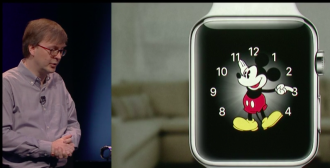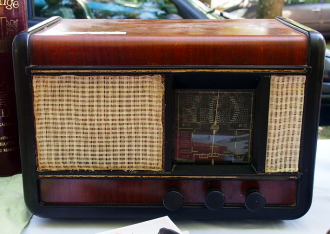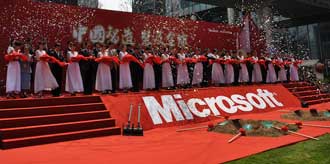 China is already making cloned copies of Apple’s Watch for just $40 which look the same and appear to do the same things.
China is already making cloned copies of Apple’s Watch for just $40 which look the same and appear to do the same things.
Knockoff versions of the Apple Watch can be found at Huaqiangbei electronics market in the southern city of Shenzhen, and others are being sold nationwide via popular e-commerce websites.
The fakes look exactly like an iWatch but have names like “Ai Watch” and “D-Watch,” they cost between 250 yuan and 500 yuan ($40 to $80). Apples effort will set you back $300-$15,000.
They run Android and have been adjusted to look like an Apple interface. Some use Apple-like icons on the home screen.
The copycats say that the hardware is a doddle, but the software is the tricky bit.
Apparently the sellers will get better over time and soon it will be impossible to tell the two products apart. But the fact that they can make such clones based on leaks, and pictures released on Apple, makes you wonder why it took Jobs’ Mob two years to come up with the same product for nearly ten times the price.
Their efforts were made easier when Apple dropped most of the expected functionality while keeping the price the same. Still you get what you pay for… oh.


















